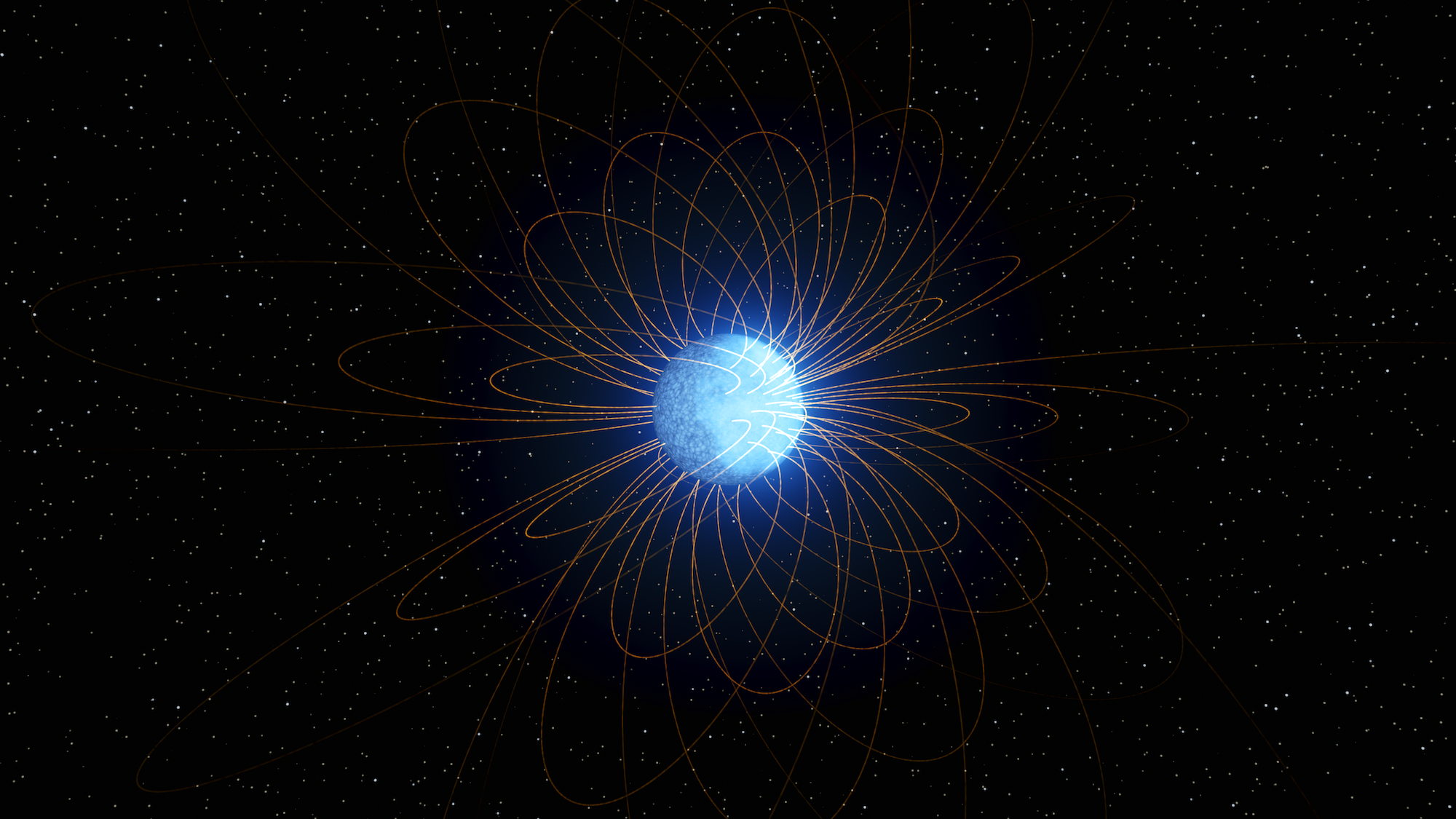Star with two faces discovered thousands of light years from Earth
July 19, 2023

July 19, 2023

It’s not the nicest description for a human, but a two-faced star has been identified by astronomers in a first for its kind.
With one side composed fully of hydrogen and the other of helium, the star has been dubbed Janus after the two-faced Roman god of transition, and described in a new study published in Nature today. “The surface of the white dwarf completely changes from one side to the other,” says first author Dr. Ilaria Caiazzo, a postdoctoral scholar at the California Institute of Technology and UBC alumna. “When I show the observations to people, they are blown away.”
White dwarfs are dense, fiery-hot remains of stars that were once like our sun. While helium and hydrogen atmospheres aren’t unusual for white dwarfs, finding one with a wholly divided composition is a first, says co-author Dr. Jeremy Heyl, a professor in the UBC department of physics and astronomy. “Imagine if you were looking at the earth, it would be like seeing only the ocean. Then it turns, and there would be only land.”
Data has confirmed that the object, Janus, is rotating on its axis every 15 minutes. Dr. Caiazzo’s team used an instrument called a spectrometer to spread the light of the white dwarf into a rainbow of wavelengths that contain chemical fingerprints. The data revealed the presence of hydrogen when one side of the object was in view, with no signs of helium, and only helium when the other side swung into view.
The researchers aren’t sure of the reason for the white dwarf’s two-faced nature but one possibility is that it’s undergoing a rare phase of stellar evolution, where the star remnants change from being mostly hydrogen to mostly helium. “This might be an answer to the puzzle, that one part of the star has transitioned its hydrogen to helium and the other half hasn’t,” says Dr. Heyl. “It could be right on the edge of stability between one element and the other.”
After white dwarfs are formed, their heavier elements sink to their cores and their lighter elements—hydrogen being the lightest of all—float to the top. But over time, as the white dwarfs cool, the materials are thought to mix together. In some cases, the hydrogen is mixed into the interior and diluted such that helium becomes more prevalent. Janus may embody this transition phase, but one pressing question is: why is the transition happening in such a disjointed way, with one side evolving before the other?
The answer, according to the science team, may lie in magnetic fields.
“Magnetic fields around cosmic bodies tend to be asymmetric, or stronger on one side,” Dr. Caiazzo explains. “Magnetic fields can prevent the mixing of materials. So, if the magnetic field is stronger on one side, then that side would have less mixing and thus more hydrogen.”
Finding out about the changes white dwarfs go through in their lives will help astronomers discover more about the most common stars in our universe, says Dr. Heyl. “Every star that’s ever been born that weighs between the mass of the Sun and eight times its mass will become a white dwarf.”
Janus is located more than 400 parsecs from Earth, or 1,300 light years away. This vast distance astronomers had to search before finding the white dwarf could imply it’s quite rare, says Dr. Heyl. “A whole lot of things have to line up for this to occur, so it’s a lucky find.”
We honour xwməθkwəy̓ əm (Musqueam) on whose ancestral, unceded territory UBC Vancouver is situated. UBC Science is committed to building meaningful relationships with Indigenous peoples so we can advance Reconciliation and ensure traditional ways of knowing enrich our teaching and research.
Learn more: Musqueam First Nation